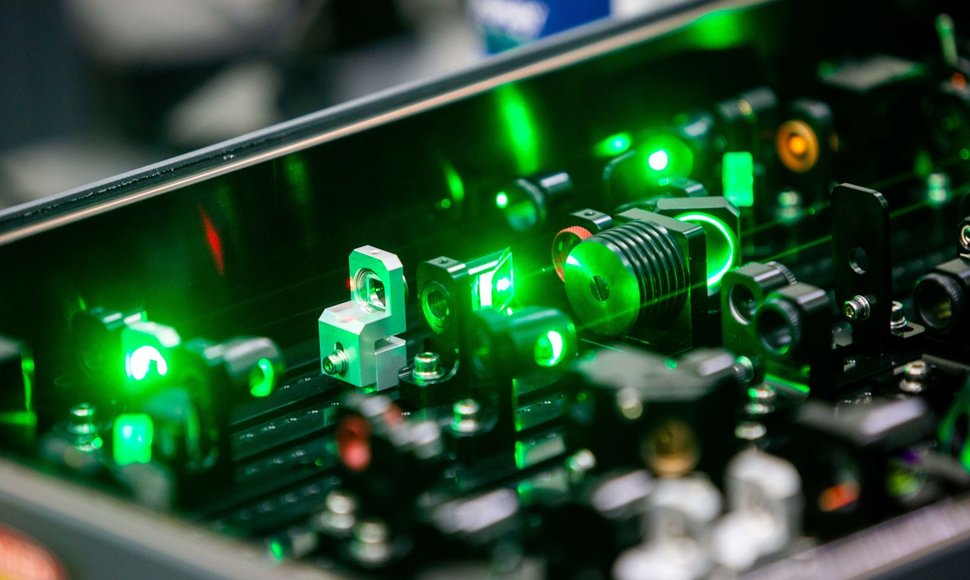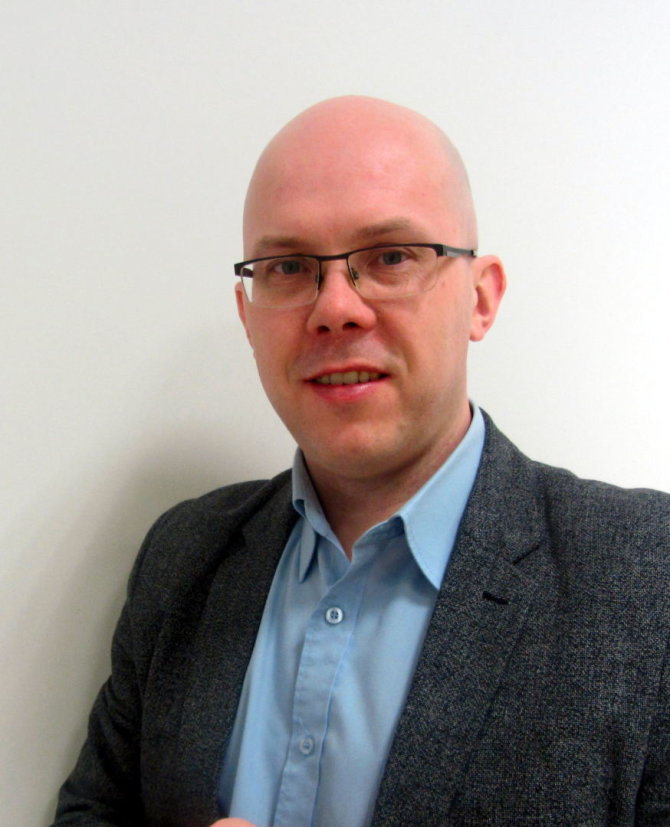May 16th marks the International Day of Light. This year’s slogan is Trust Science, which calls for the public to trust science and scientists.
The most familiar with light are people working in the laser industry. Lasers have become a firm feature in the field of medicine ever since their creation. Most of us know that sight correction operations use lasers, but less known is that this technology has inexhaustible potential to save lives too. From early-stage disease diagnostics to nanorobots repairing the body or even growing spare organs from a few human cells – laser technology truly is like something out of science fiction.
Seeing the invisible
Lasers perform a key role in various fields of microscopy and imaging. Imaging is the way to see what is happening within the body, a specific organ or even an individual cell without harming the patient.
“Lasers are widely used in imaging and research. Several Nobel Prizes have been awarded for laser imaging methods,” explains prof. Dr. Mikas Vengris from the Faculty of Physics at Vilnius University. Laser fibres can be easily focused or concentrated on a minute point. Chasing this dot around the imaged material with the help of small mirrors, cellular structures can be scanned very accurately to see what is happening inside.
“Lasers can come in various wavelengths, i.e. in different colours. This means we can use a certain type of equipment – sort of like “glasses” – which allows us to see what we are looking for within the cell,” says prof. Vengris. Furthermore, lasers have become very important in surgery and will continue to hold this position in the future, potentially even replacing the scalpel. A laser beam can act as a very precise and functional knife, which concurrently cuts and cauterises, preventing the wounds from bleeding.
Discovering early-stage oncological diseases
Today, x-ray mammography is typically used for the detection of early-stage breast cancer. However, the radiation used during this testing is harmful to the human body and the test itself often feels unpleasant because the breast is compressed during it. Furthermore, frequent false positives mean additional testing – a painful biopsy, not to mention a huge amount of stress experienced by the patient. However, in the near future lasers will be used to diagnose oncological and other diseases much more accurately and without any harm to the patient.
As part of the European project PAMMOTH (https://www.pammoth-2020.eu/), scientists from the Dutch University of Twente, together with partners (including a Lithuanian laser manufacturer Ekspla), are currently testing a device which can detect breast cancer at a particularly early stage and much more accurately than the currently-used x-ray mammography, without causing discomfort to patients.
“This device includes non-invasive and completely harmless testing methods – photoacoustic imaging and testing via ultrasound. The ultrasound imaging allows the examination of the scope of the tumour and its anatomical characteristics. The photoacoustic imaging enables clear visibility of the forming of small blood vessels (angiogenesis), which could not be detected by other means,” explains Aldas Juronis, head of the industrial laser programme at Ekspla.
The photoacoustic imaging method is also especially effective when diagnosing skin and colon cancer, thyroid nodules, certain forms of arthritis, and the early stages of vascular disease.
Every femtosecond matters when treating vascular diseases
According to the World Health Organisation, coronary and vascular diseases are the main causes of death, claiming around 17.9 million lives every year. When blood vessels become narrow or blocked, various organs cannot be adequately supplied with blood. Doctors often recommend performing vascular stent insertion, i.e. inserting a wire-mesh tube (stent) into problematic blood vessels. The stent stretches the blood vessel and ensures vital blood flow.
“If blood vessels are not stretched in time, their diameter decreases, the blood cannot flow through, and the situation can become truly life-threatening. It is particularly dangerous if the narrowing of blood vessels occurs inside the heart or the brain,” says prof. Vengris.
Stents intended for the smallest blood vessels must be manufactured and cut with absolute precision. Femtosecond lasers manufactured by Dvarčionys-based Lithuanian company Light Conversion ensure the most precise structure of the stent (tube).
What organ do we grow today?
The light bursts of precision femtosecond lasers are also irreplaceable in other scientists’ laboratories. Dr Vytautas Purlys, chief technology officer at Femtika, says that the company combines the science of lasers, medicine, chemistry and materials.
One of the projects currently developed by Femtika is a machine that can process any surface at the micro-level, adapting it for various functionalities. “Laser beams can form surface textures which are invisible to the naked eye and give the material characteristics such as bacterial resistance. Lasers can also be used for osseointegration processes, helping create the desired surfaces for implants, etc. In some situations, implants are required to bond well with the surrounding bone, while in other cases, the opposite, i.e. the moving part of the joint implant is useful only if it is not overgrown with cells.
Another area now unimaginable without lasers is bioengineering. Using femtosecond radiation, frames can be constructed for growing human cells of virtually any organ. “In a way, specific frames give instructions to the cells on which direction they should grow in order to form specific tissue. Custom-made cellular frames will in the near future be used for growing transplant organs from the patient’s stem cells,” explains Dr. Purlys. Organs grown from stem cells will help resolve one of the biggest problems – organ rejection. The company’s scientists are also developing special machines for producing medical nanodevices, such as microrobots, that can travel through blood vessels to various parts of the body, bringing with them special measuring equipment or medicines.













